
The Ultimate Pre-Launch Checklist for SaaS Startups: 31 Key to Success
Ready to launch your SaaS startup? Follow our 31-point pre-launch checklist for a smooth, successful debut. Get insights on branding, pricing, and marketing.
When it comes to SaaS startups, the pre-launch stage might be the most exciting.
It's also the stage where things can go wrong so fast — dooming your company before your product even hits the market.
In such crucial times, a careful and strategic approach is paramount.
That's why we put together this 32-point pre-launch checklist to help SaaS startups enter their respective spaces with a bang.
Let's get started.
Why You Need a Pre-Launch Checklist for Your SaaS Startup
Before getting to the juicy stuff, here's a quick rundown of the benefits of having a clear pre-launch checklist for SaaS startups:
- Create a clear roadmap to sharpen key decision-making. Committing to your pre-launch checklist will help sort your priorities and make tough decisions whenever they're needed.
- Enhance progress tracking and collaboration. A checklist makes it easier for your team to rally toward important objectives while identifying milestones that will help you gauge performance.
- Avoid hiccups and save resources. SaaS product launches can be messy, which is why pre-launch checklists should also acknowledge potential points of failure and ensure a smooth start.
- Take advantage of missable opportunities and improve success. Pre-launch checklists initiate a culture of collaboration and feedback — enabling the discovery of potential opportunities you may have missed.
SaaS Startup Checklist: The Essentials
Without further ado, let's kick things off with the things that every SaaS startup should have in their pre-launch checklist:
1. Perform Market Research & Product Validation
Remember, it's hard to make money off a product if there's no market for it.
Although product validation should occur even before the development phase, some SaaS startups forego concrete market research techniques. This could lead your business model, projections, and other aspects of your pre-launch phase askew.
Tips for market research and product validation:
- Run surveys, interviews, and focus groups to tap straight into the pulse of your target market and accurately predict demand.
- Identify and analyze the top competitors in your space to identify gaps in the market.
- Investigate social media and forums to grasp product trends, audience sentiment, and brand popularity.
2. Create Your Ideal Customer Profile
Regardless of industry, an Ideal Customer Profile (ICP) is a must-have for any budding startup.
It's especially important for you as a SaaS company, especially since the user experience component is crucial to your product.
Tips for creating your ICP:
- Identify key characteristics in terms of demographic, firmographic, psychographic, or geographic groupings.
- Determine challenges and goals that drive your target customers to action.
- Combine everything you've learned into a tangible customer persona (consider using a tool like Make My Persona by HubSpot).
3. Find Your Unique Selling Point
Ask yourself, what unique competitive advantage does your startup offer (or thrive to offer)?
You'll have a tough time gaining a fair share of the market if your customers don't know why they should pick you instead of existing alternatives. Once you identify your advantage, fashion it into a clear and punchy Unique Selling Point (USP).
Tips for finding your USP:
- Address your ideal customers directly and the pain points your product addresses.
- Be specific on what makes your SaaS product unique and don't just rely on a lower price tag.
- Use simple language and metrics whenever possible (e.g., years of experience, time savings, and productivity gains).
4. Conduct User Acceptance Testing
User Acceptance Testing (UAT) is usually performed in the pre-launch phase — after other internal testing cycles (e.g., unit testing, integration testing, and end-to-end testing). It ensures launch readiness by evaluating how your SaaS product performs in real-world use cases.
Different testing methodologies can be used for this, including beta testing and black box testing.
Tips for conducting UAT:
- Design and implement a feedback loop structure that can last post-launch.
- Utilize a diverse mix of testers (internal, stakeholders, and end users).
- Be sure to document all issues regardless if they're resolved or not.
5. Develop a Minimum Loveable Product
Forget about your Minimum Viable Product (MVP). At this stage, you should shift your focus to delivering a Minimum Loveable Product (MLP), which offers a more refined and satisfying experience.
Your UAT efforts should help you find the adjustments and improvements you need to create your MLP. It's also wise to consult your ICP to ensure you're building something that will resonate with end users.
Tips for developing an MLP:
- Make sure important features are easy to find and use.
- If possible, incorporate personalized features like custom alerts and informative dashboards.
- Pay attention to technical performance metrics like uptime and loading speed.
6. Plan a Pre-Launch Calendar
Launching a SaaS product can be a bumpy road, which is why you need a well-structured and detailed pre-launch calendar to keep everyone on track.
Ideally, you and your team should have agreed upon an official launch date by now. It's also important to pin due dates for essential pre-launch tasks, instilling a sense of urgency and galvanizing your team.
Tips for planning a pre-launch calendar:
- Visually track your pre-launch calendar with apps like Google Calendar and Calendly.
- Make room for additional pre-launch objectives you may come across (especially as you read this checklist).
- Decide as a team if you're all willing to push through the holidays.
7. Document Your Journey
A lot of startups miss out on the benefits of documenting their pre-launch journey.
Not only is it good for your branding, it will also offer a retrospective view of your culture — helping you identify where things went right (and wrong). Documenting your startup journey can also arm you with useful ideas and content for future marketing campaigns.
Tips for documenting your journey:
- Utilize different media formats for different channels, including social media, video streaming platforms, and your website.
- Assign this task to people who fully understand your company's vision, know your product, and have the technical know-how in terms of digital media.
- Equally cover key milestones as well as small wins during the pre-launch phase (and earlier).
8. Assemble Your Dream Team
The success of your SaaS startup relies on the people that make it all work.
As you go through this checklist, you'll come across new positions that can help smoothen your pre-launch. But there are three key teams that you need to fully assemble by then: product, engineering, and marketing.
The product team defines "what" and why" product features should exist. Engineers, on the other hand, focus on "how" these features are built.
Lastly, the marketing team ensures that the collective efforts of your engineering and product teams will reach the right people. They also need to collaborate closely with the other teams to underline the "secret sauce" that makes the product special, which will be pivotal to your startup's messaging.
Tips for assembling your dream team
- Communicate with your DevOps team to identify critical roles that must be filled ASAP.
- When hiring marketers, look for past successes in the SaaS space.
- Consider a product development agency (like us) for cohesiveness and cost-effectiveness between product and engineering.
The Business Side of Things
Part of your pre-launch is straightening out the business side of your SaaS startup. This should cover the management, revenue, and legal aspects of your company.
9. Research Industry-Specific Legal Issues
Not all SaaS startups live in the same bubble. Some industry verticals will have stricter regulations that require you to check a lot more boxes before launch, namely healthcare, finance, and legal services.
Tips for researching industry-specific regulations:
- Make sure you have a clear idea of the regions you'll launch in.
- Itemize your SaaS product features to identify additional regulations that may apply.
- Enlist the help of a compliance expert or legal advisor who understands the industry standards.
10. Write a Privacy Policy & Terms of Service
Use your research findings to compile a privacy policy and Terms of Service (ToS) that's clear, fair, and informative. Your top priorities are ensuring users understand their obligations and rights, as well as highlighting that your startup complies with any and all applicable regulations.
Tips for writing a privacy policy & ToS:
- Hire compliance experts or a SaaS attorney to help draft and review legal documentation.
- Include visible links to your privacy policy and ToS on your website.
- Plan for regular, long-term compliance audits.
11. Define Your Pricing Strategy
Your pricing strategy can make or break the sustainability of your SaaS startup. Dissect the pros and cons of different pricing models, like subscription-based, freemium, one-time purchase, and usage-based.
Don't forget to factor in your Average Revenue Per User (ARPU), which is your total revenue divided by your number of users.

If your ARPU is too low, consider increasing your pricing or exploring ways to incentivize more expensive plans. Think premium features, extended limits, and other exclusive benefits.
You can track and visualize your ARPU with tools like Mixpanel, Google Analytics 4, and Baremetrics.
Tips for defining your pricing strategy:
- Consult your ICP to ensure your product's pricing stays within a reasonable range.
- Run surveys to understand what your market accepts as reasonable (this will also help you define pricing tiers).
- Focus on the value that your product brings — not the costs of developing features (i.e., time savings).
12. Identify Revenue Channels
Aside from the product itself, look for other opportunities to make money from your customer base without hurting the experience (i.e., locking important features behind a paywall).
The available opportunities depend on the type of SaaS product you have. For example, if you're building a Business Intelligence (BI) product, you can charge customers to increase or remove limitations, book expert consultations, or access your API.
Tips for identifying revenue channels:
- Analyze competitors for out-of-the-box monetization ideas.
- Investigate if (and how) additional revenue channels should interact with your broader pricing strategy.
- Explore potential partnerships with non-competitor brands.
13. Build Your Team Management Tech Stack
The sooner you get your team acclimated to your software stack, the better.
Depending on your budget and team size, choose reputable tools for project management, cloud computing, internal communications, and customer relationships. Feel free to choose low-cost, entry-level plans as long as they meet your team's needs.
Tips for building your team management tech stack:
- Make a list of your team's needs to keep your tech stack lean and efficient.
- Choose tools that can scale as your startup grows.
- Take advantage of free trials to determine which solutions match your goals and preferences.
14. Get an Official Business Address and Phone Number
It's not uncommon for SaaS startups to function with a fully remote team, switch between co-working spaces, or work out of your garage. However, having a registered business address and phone number unlocks a ton of benefits for your startup.
For one, an official address improves your credibility and potential success with local marketing opportunities (e.g., local business directories, Yellow Pages, and Google Business Profile). Banks will also require a physical address if you want to set up an account for your startup.
Tips for getting an official business address and phone number:
- If you plan to use a residential address, check with your local government for the necessary permits and regulations.
- Consider using a business mailbox service that includes a real street address.
- Research and compare business phone number service providers.
Creating Your Brand
Aside from the product itself, a SaaS company's biggest asset is its brand image. Every single detail counts, which is why you need to review and finalize them pre-launch.
15. Finalize the Name and Logo
If there's ever a perfect time to finalize your SaaS product's name or logo, it's during pre-launch.
Launching with an official, half-thought-out name for your product leads to a lot of problems down the road. The same goes for your logo, which will be in the minds of customers whenever they think about your brand for a very long time.
Tips for finalizing your product's name and logo:
- Make doubly sure that the name won't create confusion between your product and other existing properties on the internet.
- Hire a branding agency or work with freelance designers to ensure your logo has the market-ready polish it needs.
- Create multiple variations that can be reused in different places, like your website, social media profiles, and in-app interfaces.
16. Establish Your Brand Identity
Your brand identity is more than just your name and logo. The other components you need are your value propositions and mission statement.
Value propositions address the broader problems or challenges that your company is trying to solve. A mission statement, on the other hand, is a complete and cohesive declaration of your company's broader purpose, target audience, and proposed solutions.
Tips for establishing your brand identity:
- Bring up the impact that you want to make on your customers' lives.
- Keep your mission statement to around three sentences or fewer.
- Tailor your brand identity to highlight the unique value your product brings to the table.
17. Refine to Your Visual Identity
Subtle design choices like typography, colors, and overall visual tone complete your brand identity in the eyes of your customers.
Evidently, there's a science behind visual branding that's quite impossible to nail in just a few brainstorming sessions. As such, take your time, round up ideas from team members, or work with a visual branding expert to make sure you get it right.
Tips for refining your visual identity:
- Remember to be consistent across your branding channels, customer communications, and actual product.
- Take color psychology into account when deciding your brand colors.
- Don't be afraid to lean toward simplicity, minimalism, and readability.
18. Put Together Your Brand Guidelines
The next step is to compile all aspects of your branding strategy into a single accessible document — AKA your brand guidelines.
You can use any office app to create your brand guidelines document. Preferably, go for something that supports rich media, like Microsoft Word, PowerPoint, or Pages on Mac.
Or, you can go full visual with a tool like Canva. For reference, here are a few brand guidelines templates you can use:

By adding visual guidelines, it's easier to maintain cohesiveness and consistency across your team. Be as detailed as possible when covering aspects of your brand, like typography per paragraph style (e.g. main body text, headings, and CTA buttons), imagery, and brand voice.
Tips for putting together your brand guidelines:
- Consider using premium tools or purchasing brand guidelines templates.
- Obtain feedback from your team, testers, and early users.
- Share examples of right and wrong implementations of specific guidelines.
19. Verify Branding and Product Match
Don't forget to take the original design of your SaaS product's UI into consideration before finalizing your branding strategy.
Conveying a certain tone in your branding and presenting a product that's nowhere near close in terms of design can be off-putting. That said, do a double take of your branding and product design match, make quick adjustments where they're needed, and proceed to the next item on your checklist.
Tips for verifying branding and product match:
- Prioritize revising your brand guidelines over updating your product UI.
- If you deem a product UI update absolutely necessary, consider planning a re-design in your roadmap instead of rushing last-minute changes.
- Pay attention to small details that affect visual consistency, like spacing, keywords, and page layouts.
Preparing for Marketing
Next comes one of the most important aspects of a SaaS pre-launch — traversing the tricky landscape of marketing.
20. Define Your Objectives & Key Results
No marketing plan ever succeeds without a set of clearly defined goals.
For SaaS startups in the pre-launch phase, it boils down to building anticipation, accelerating adoption, and positioning your brand for long-term success.
Naturally, just acknowledging these objectives is not enough. You also need to attach specific metrics to these objectives, allowing you to monitor their status.
What you get is something called Objectives and Key Results (OKRs).
For instance, if you're focused on accelerating adoption, you need to track specific metrics or KPIs like onboarding completion rate, active user growth, churn rate, and Customer Lifetime Value (CLV).
Tips for defining your OKRs:
- Create a simple visual tracker using lists or spreadsheets.
- Brainstorm OKRs with your team.
- Use tools like Google Analytics 4 to stay on top of your OKRs.
21. Decide Your Marketing Channels
Once you define your OKRs, revisit your ICP to determine the best marketing channels for promoting your SaaS product.
This depends mostly on your target market's online habits, particularly in terms of their content consumption preferences. Your choices include social media, video streaming platforms, podcasts, business directories, paid ads, and search engine results.
Tips for deciding your marketing channels:
- Don't rely on gut feelings and analyze your competitors' top traffic channels with a tool like Semrush.
- Read industry reports on the biggest traffic channels in your industry.
- Think about your budget and what's practical for you right now.
22. Build Your SaaS Website
You've come a long way from validating your SaaS product idea to defining your OKRs.
Now, it's time to go all-in on creating and optimizing your SaaS marketing website. This will house your homepage, resource pages, blog, and other types of helpful content.
For now, see to it that your domain as well as hosting is in order and optimized for reliable performance.
Tips for building your SaaS website:
- Go for web hosting services with integrated app deployment support, like Cloudways, DigitalOcean, and Amazon Web Services.
- Design-wise, make sure your SaaS website is consistent with your brand identity.
- Use visuals to highlight your product's benefits and key features.
23. Create a "Coming Soon" Page
Have a fully fleshed-out website for your SaaS startup?
If yes, stir buzz on your new SaaS product with essential site content, starting with a "coming soon" page. This is a great opportunity to promote your USPs, highlighting what differentiates you from competitors and who exactly your product is built for.
Tips for building anticipation on your website:
- Include an email capture form for customers who want news and updates.
- Use your brand guidelines for your "coming soon" page's visuals.
- Consider using a link shortener like TinyURL to share your page more effectively on social media.
24. Conduct Keyword Research
With your website ready, it's time to get serious by conducting keyword research.
Keywords will guide pretty much every facet of your SaaS marketing — from paid advertising to content optimization.
Naturally, you have the option to work with a marketing agency or consultant to walk you through the keyword research process. But if you'd like to handle it yourself, remember to carefully investigate metrics like search intent, competitiveness, and search volume.
Tips for conducting keyword research:
- Use comprehensive tools like Ahrefs, Semrush, and Serpstat.
- Group related long-tail keywords under core topics or main keywords.
- Create a master list of your primary and secondary keywords (typically done using a spreadsheet).
25. Set Up Google Analytics and Google Tag Manager
If you haven't already done so, link your website to Google Analytics 4.
Google Analytics 4 is a free yet powerful analytics tool that can help you evaluate and optimize your website over time. It works by compiling performance data, such as monthly pageviews, bounce rate, engagement time, and user demographics, into ready-to-use reports.
The earlier you set up Google Analytics, the more performance and user data you can work with.

Tips for setting up Google Analytics 4:
- Identify the top conversion events you need to track for your pre-launch (e.g., user signups and free trial registrations).
- Try to integrate Analytics 4 without using plugins to maintain a lean website backend.
- Inspect the "Tech Overview" user report to learn more about your audience's device and OS preferences.
26. Set Up Google Tag Manager
Google Tag Manager is another free tool that makes it easy to implement tracking tags that can be used for other Google products and third-party analytics platforms — without requiring a developer's involvement.
Tips for setting up Google Tag Manager:
- Always use the "Preview" or debug mode to ensure tracking tags are implemented properly.
- Use an organized system for managing tags, including folders and name prefixes.
- Leverage Google Tag Manager and Google Analytics to track user funnels.
27. Set Up Google Search Console
Google Search Console is the third must-have Google product that every SaaS startup needs to have.
While Google Analytics lets you take a peek into your website performance, Google Search Console is designed to help you spot optimization opportunities for SEO. It lets you track your Core Web Vitals, site indexation status, appearances in search queries, and verified HTTPS pages.

Tips for setting up Google Search Console:
- Enable email alerts to stay informed on problems with indexing, performance, or security.
- Verify your domain property through Google Analytics 4.
- Understand how permissions work and assign the appropriate user types to the right people.
28. Create an Email Marketing Plan
In SaaS (particularly in B2B industries), the majority of customers prefer receiving new product information via email.
Email marketing platforms like Mailchimp and ActiveCampaign let you broadcast updates, feature announcements, events, and special promotions to interested users. You can also automate "Welcome" messages to new users, segment subscribers based on behavior or demographic data, and easily create opt-in forms using a visual interface.
Tips for creating an email marketing plan:
- Create a drip campaign to increase free trial and purchase conversions.
- Schedule informative posts in advance to lower your churn rate.
- Track metrics like Click-Through Rate (CTR), open rate, and unsubscribe rate.
29. Generate Buzz on Social Media
Social media is perhaps the most effective promotion channel for pre-launch SaaS startups.
Not only is it free, social media marketing can also stir up brand awareness and generate conversions quickly — as long as you play your cards right.
Start by choosing the top social media channels that your target audience uses and prioritize them. Make sure to instill your brand into your official pages and be consistent when it comes to your "about" information, profile photos, and content tone.
Tips for generating buzz on social media:
- Centralize your social media marketing efforts with a platform like HootSuite, CoSchedule, or Vista Social.
- Actively engage your followers by responding to their questions, reacting to their posts, and sharing User-Generated Content (UGC).
- While publishing original content is better, feel free to curate content from other brands and influencers as well.
30. Launch Paid Ads
Investing in paid ads this early in your startup journey can be a slippery slope. But if you're prudent, it just might give your company the traction it needs to grow.
Online businesses usually have two options: Google Ads or social media ads.
The first can give you a shortcut to the top of search engine results, but it can be costly. Social media ads, however, may not be reliable in reaching users with purchase intent (but they're helpful for raising brand awareness).
Either way, decide on a reasonable advertising budget and consider using automation or AI-based campaign optimization to be safe.
Tips for launching paid ads:
- Consider working with a PPC agency to maximize your chances of success.
- Use ads to push special offers like "early bird" discounts or limited early access.
- Implement re-targeting to reach potential customers who already expressed interest in your product.
The Follow-Through
As launch day approaches, building and maintaining the hype is the name of the game. Here are three simple steps to keep the ball rolling:
31. Track Your Financial Projections
Taking in your pricing, revenue, and expenses (including software subscriptions, ad campaigns, and website maintenance costs), you're almost ready to make accurate financial projections that will serve as benchmarks moving forward.
Expand upon your market research data by adding your Total Addressable Market (TAM), Serviceable Addressable Market (SAM), and industry-average conversion rates. Of course, you should also track marketing KPIs like CAC and Monthly Recurring Revenue (MRR).
Since these metrics may come from different data sources, consider investing in a centralized data dashboarding and analytics platform like Looker Studio or Geckoboard. These platforms streamline data management with third-party integrations, simplify data visualizations with a drag-and-drop UI, and can kickstart your financial tracking with pre-built templates.

Continue to track your actual performance and focus on improving areas that are underperforming.
Tips for tracking your financial projections:
- Work with financial advisors, SaaS mentors, or consultants to validate and refine your projections.
- Use SaaS financial model templates.
- Build plans for optimistic, pessimistic, and base case projections.
32. Maintain Communication with Users
Ultimately, the success of SaaS products entirely depends on the users.
Are they happy with the experience? Is the product missing features that can make it better?
What do users want to see in future versions?
The best way to answer these questions is to maintain active communication with users. This can be done through social media, in-app customer service options, regular blog posts, and other support channels.
Tips for maintaining communication with users:
- Consider creating an official messaging channel on apps like Discord or Slack.
- Create a FAQ section to passively address common issues.
- Plan events that drive social media engagement and bring brand awareness through the roof.

Final Words
We hope the checklist above was able to help your SaaS startup run a successful pre-launch campaign.
Just remember that SaaS is the business of builders and innovators. While the tips above can position your product for long-term success, you should always be looking for opportunities to one-up these strategies — break boundaries, incorporate your own "flavor" into your marketing, and make a dent in your industry.
Need Developers?
We help startups build ideas into apps their customers will love (without the engineering headaches).
















For Startups & Founders
We've been founders ourselves and know how valuable the right communities, tools, and network can be, especially when bootstrapped. Here are a few that we recommend.
.png)
9 Best Product Development Agencies in Irvine, California (2025 Edition)
Looking for the best product development agency in Irvine, CA? Check out our 2025 roundup of top product design & software companies to bring your ideas to life
Read more
Best Product Development Agency: San Francisco Bay Area 2025
Looking for the best product development agency in the San Francisco Bay Area? Explore our picks for 2025, featuring product design, software dev, and more.
Read more
Is Sharetribe Right for Your Business? 10 Questions to Ask
Discover if Sharetribe is the best fit for your marketplace. Compare ST vs Cocorico, explore alternatives, and answer 10 crucial questions before you decide.
Read more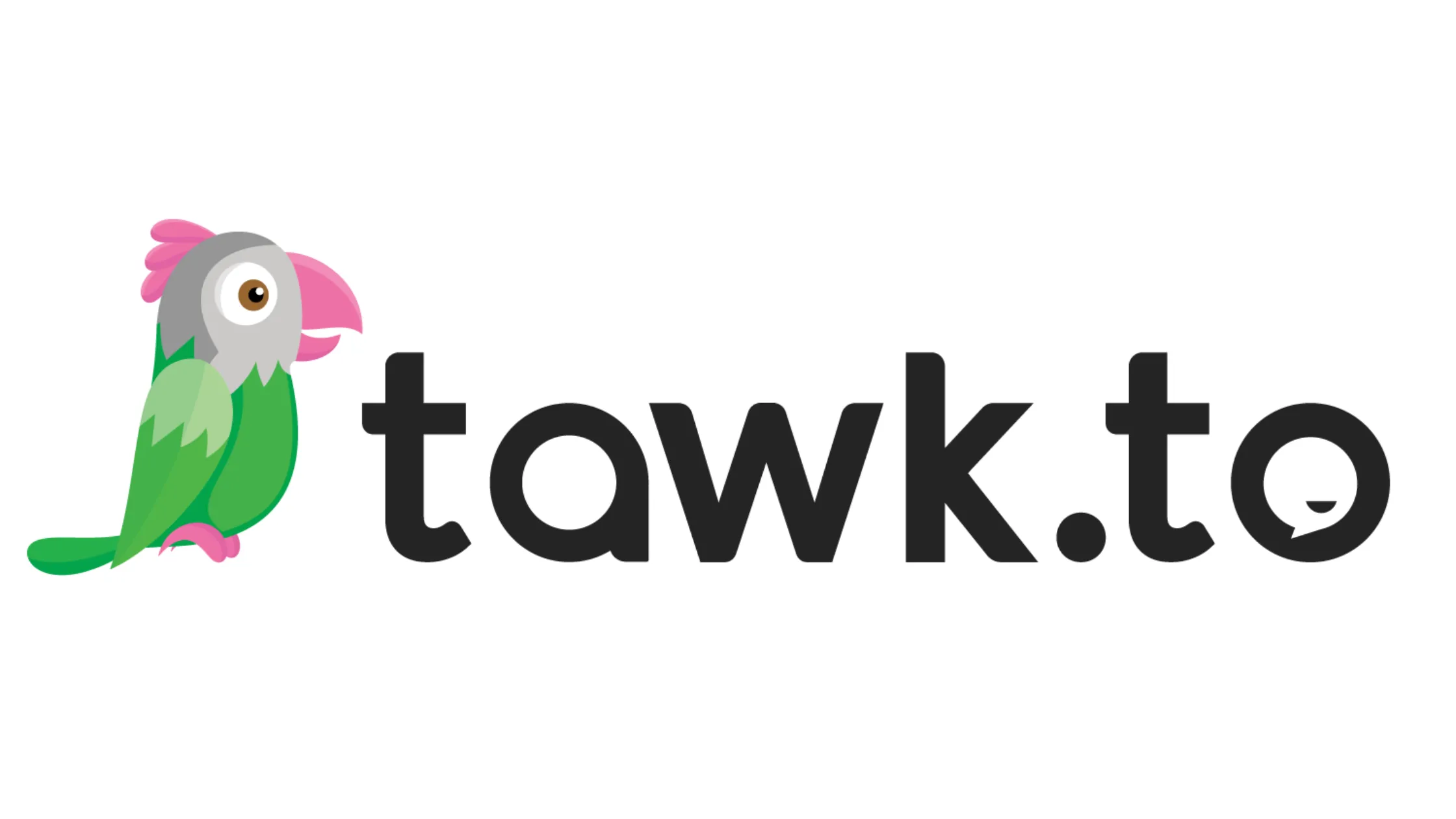
How Tawk.to Can Boost Your Startup’s Customer Support Game
Learn how Tawk.to can benefit startups by enhancing customer support and engagement. Perfect for early-stage founders!
Read more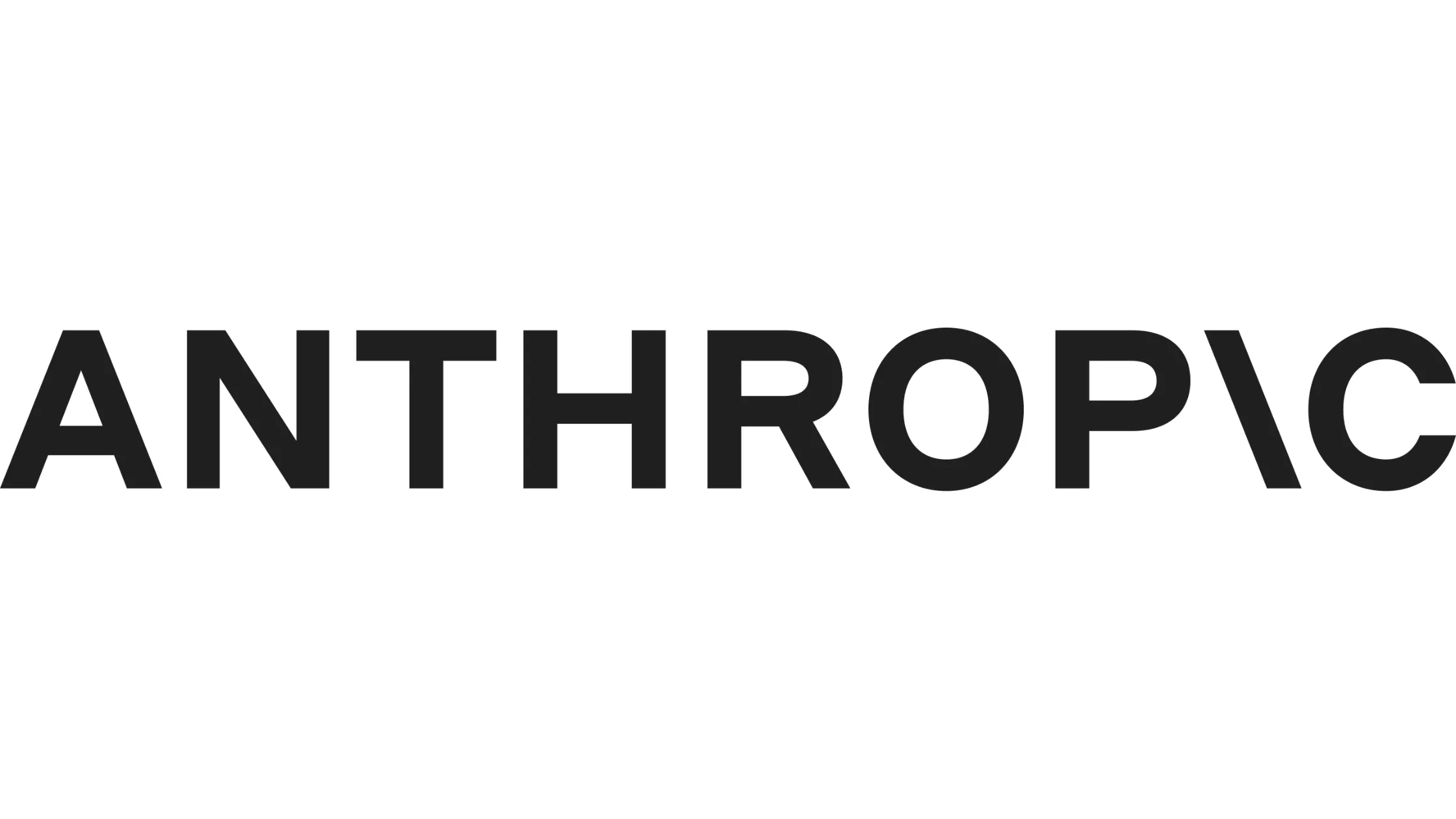
Grow Your Startup With Anthropic's AI-Powered Tools
Discover how Anthropic's cutting-edge AI tools can accelerate your startup's success. Learn about their benefits and see why they can be trusted by startups.
Read more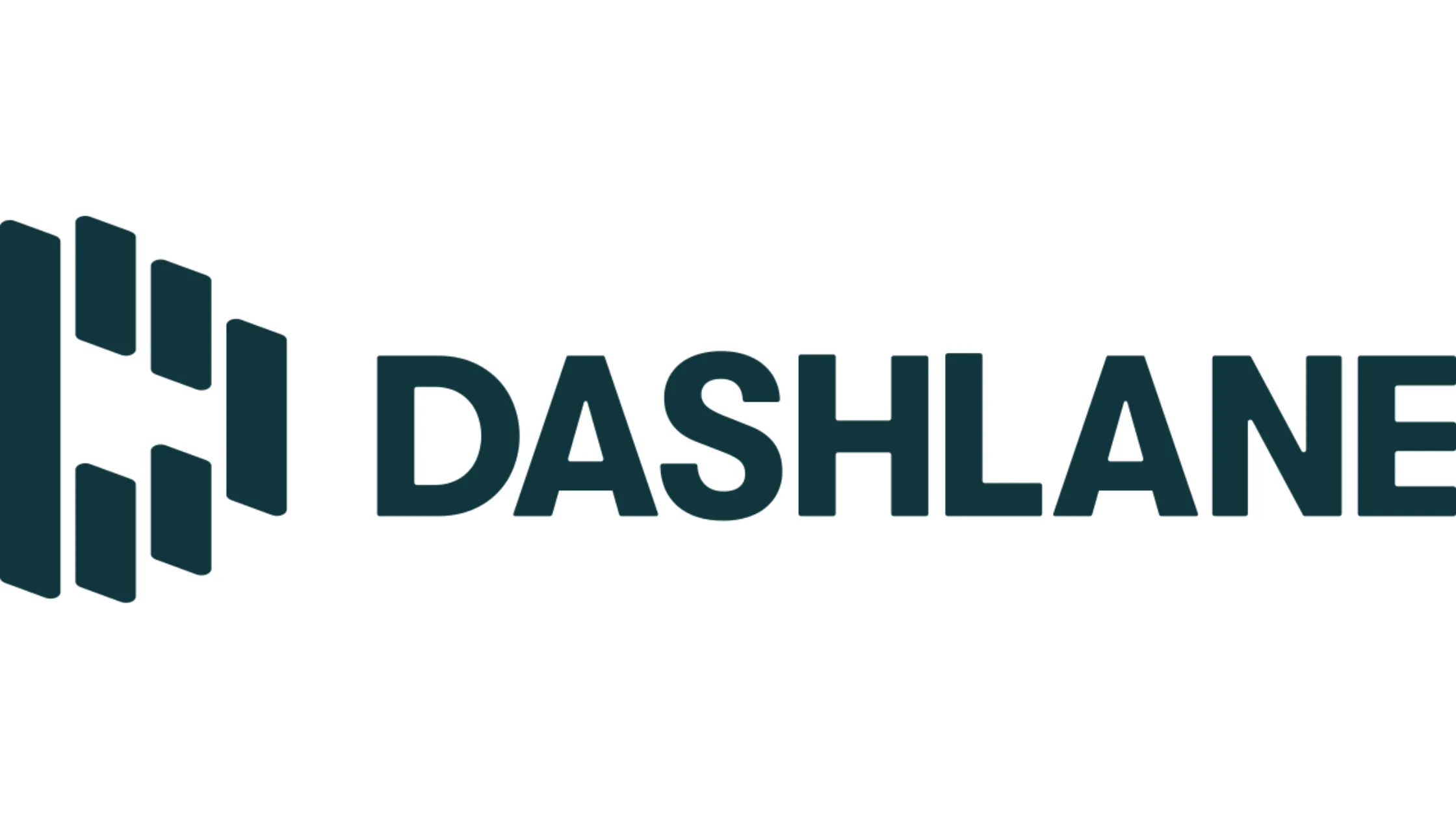
Dashlane
Simplify password management and security for your startup with Dashlane. Discover how it protects your data, scales with your team, and boosts efficiency.
Read more
How Startups Can Leverage OpenAI’s API for Growth
Learn how startups can leverage OpenAI’s API to automate tasks, boost productivity, and build smarter apps without breaking the bank.
Read more
What is Equity for Startup Founders?
Learn what equity is, why it matters for startups, and how to allocate it effectively. A beginner's guide for startup founders.
Read more
What is a Term Sheet?
Learn the essentials of term sheets in this beginner-friendly guide for startup founders, covering key terms, negotiation tips, and common pitfalls to avoid.
Read more
CereberalValley.ai
Explore CerebralValley.ai, the essential community for AI startups. Connect with AI experts, access resources, and network with investors to accelerate growth.
Read more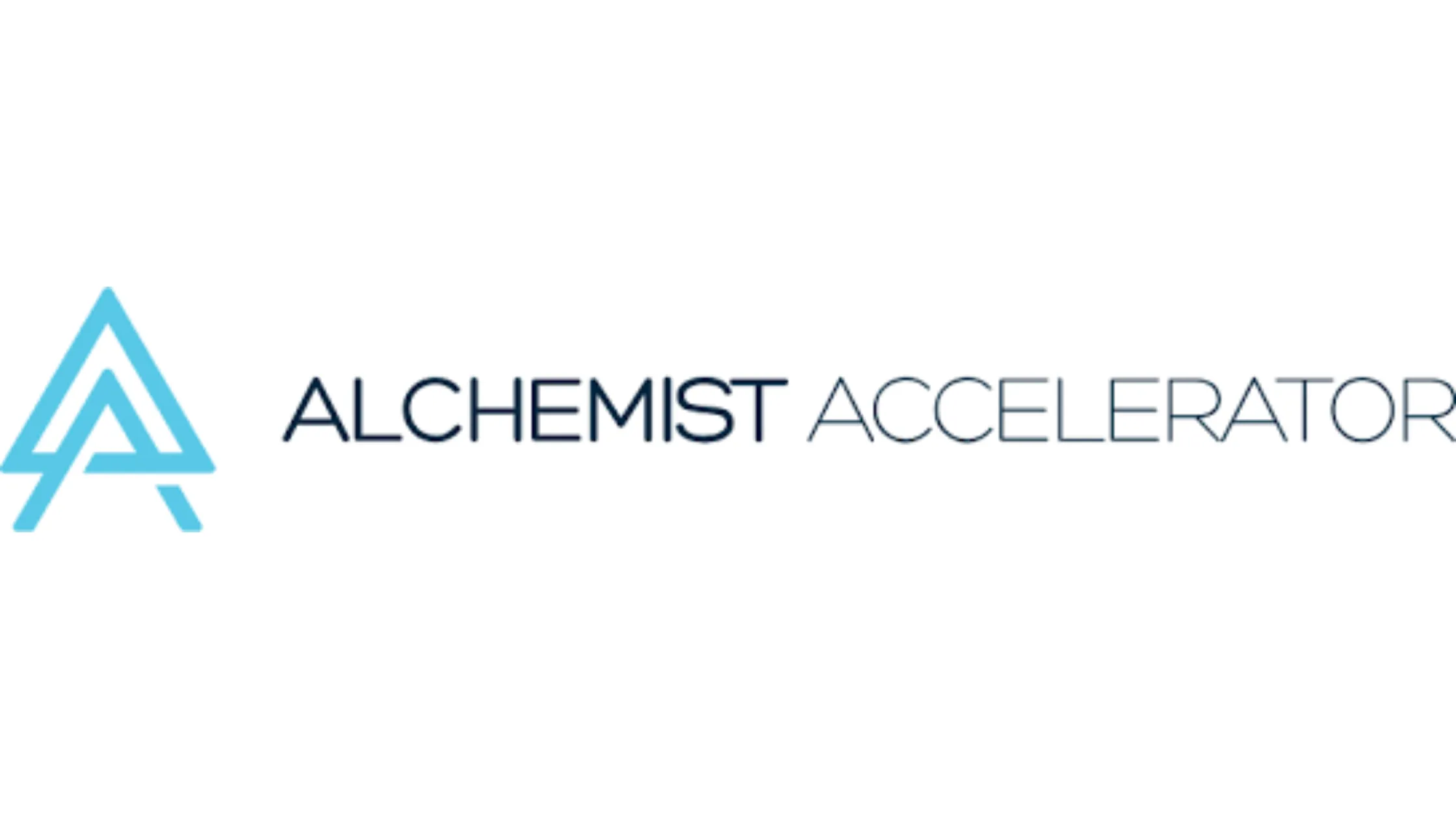
Alchemist Accelerator
If you're a B2B startup, Alchemist is by far one of the greatest communities that can accelerate your startup. Highly recommended!
Read more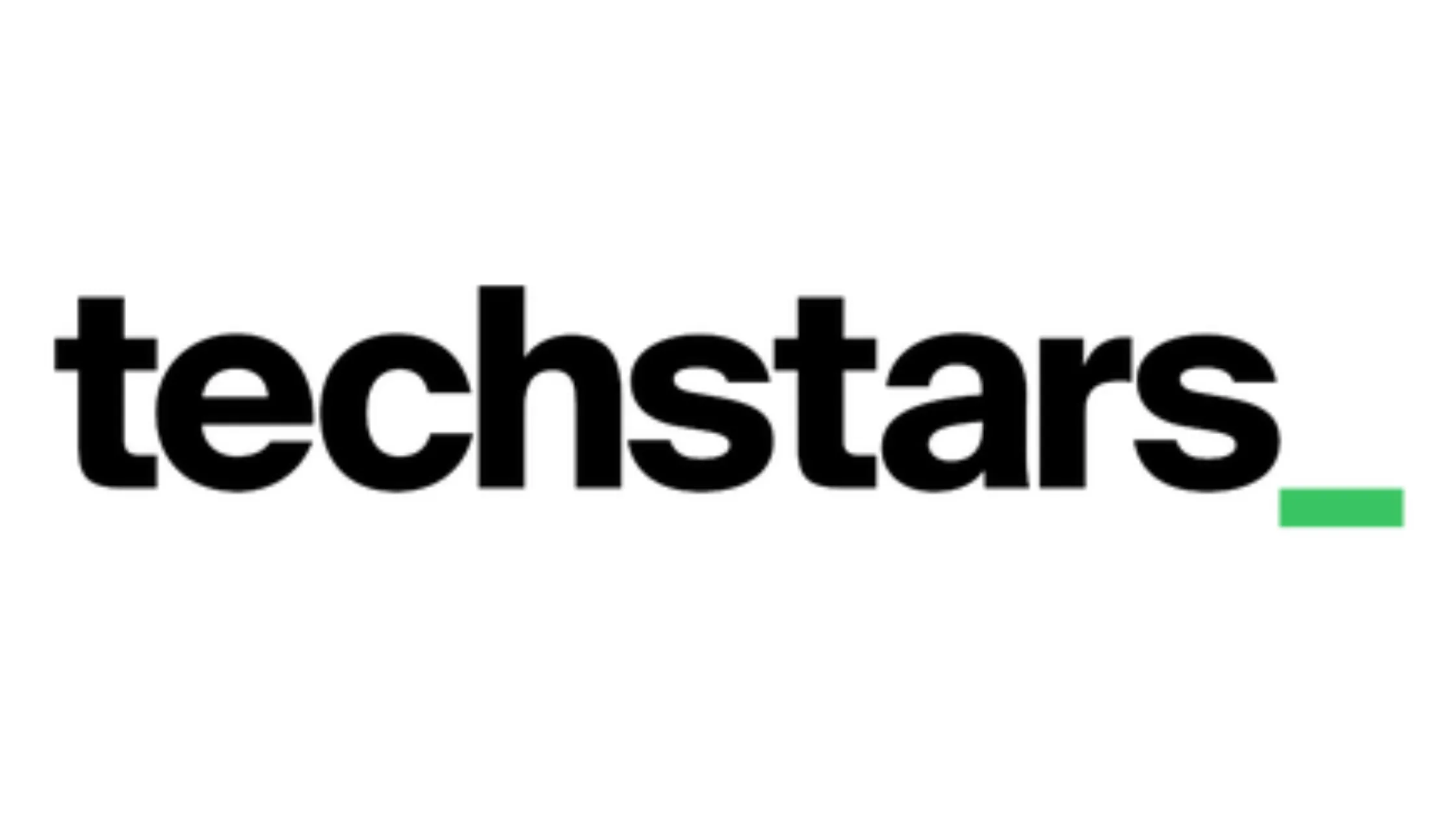
Techstars: Launching Pad for Tech Startups
Discover how Techstars, the premier startup accelerator, can supercharge your venture with mentorship, funding, and a global network of innovators.
Read more